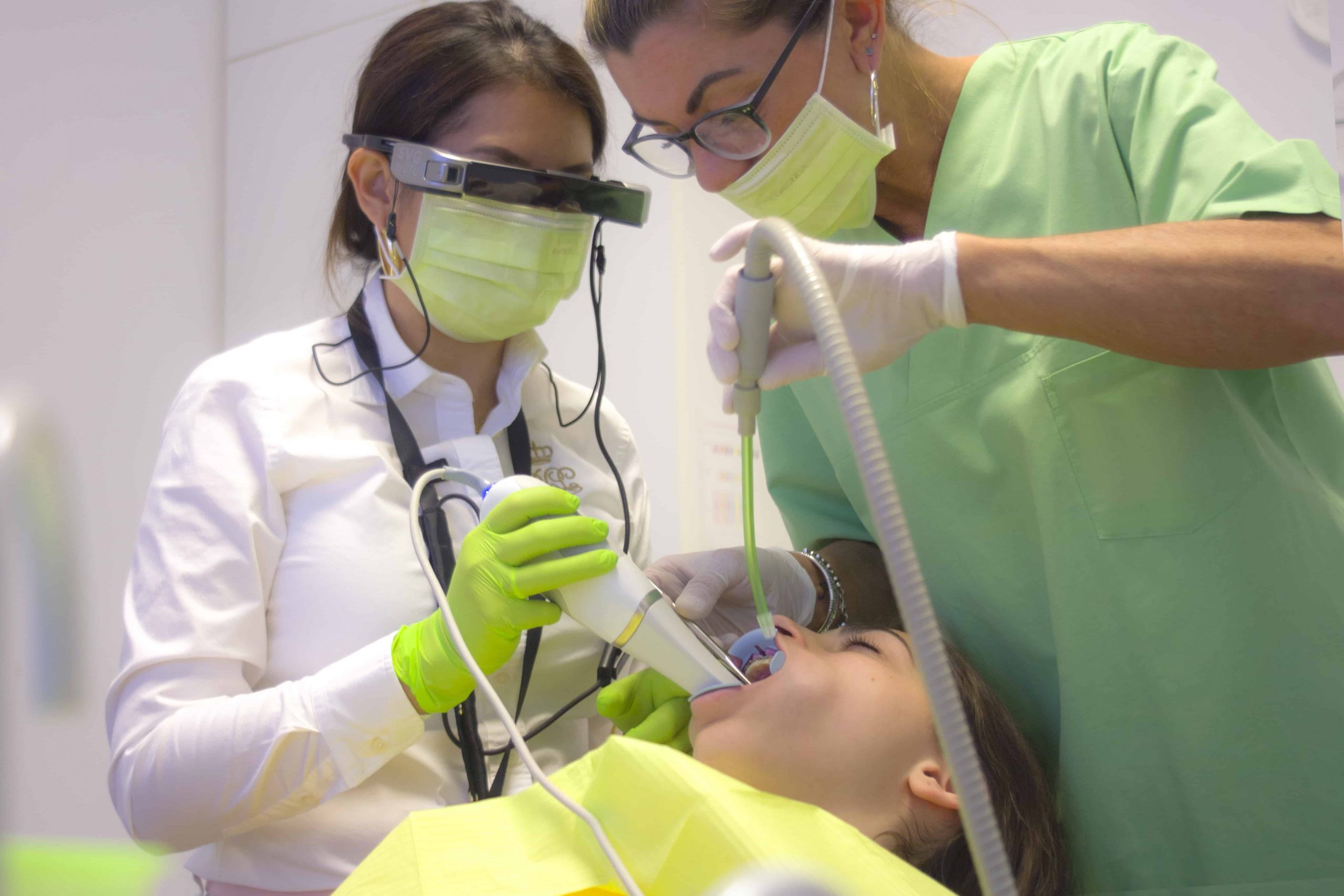You are not alone to get diagnosed with gum disease, also known as periodontitis in medical language. The Centers for Disease Control and Prevention (CDC) reveals in their recent study that over 50% of Americans over 30 years of age suffer from periodontitis. Tooth loss was a traditional result of untreated gum disease. But with several successful gum disease treatment options available with the dentists, losing a tooth is no longer seen frequently.
Visit a dentist if you experience any symptoms of gum disease. Regular and timely visits to the dentist ensure healthy oral health and prevent small symptoms from growing severe. I regularly visit my dentist in Ann Arbor, Mi even if I do not have any dental issues.
The good thing about Ann Arbor is that you do not have to search for a dentist or a dental clinic as the place already has 597 practicing dentists currently. The best part is that the overall avg rating of Dentists in Ann Arbor is approximately 4.5 stars, which justifies their professionalism and expertise. Make a habit to visit a dentist every 12-18 months (for adults).

The best way to defend yourself is to stay informed. The general information like signs and symptoms, risk factors involved, and therapy methods available are necessary for sound dental health. In this article, we have covered the related information, which can help you recognize periodontitis and the necessary treatments.
Let us review some symptoms and other factors leading to severe effects of periodontitis.
Topics Covered
Gingivitis Turning to Periodontitis
Inflammation is a primary sign of gum disease. Through inflammation, the body protects, shields, and guards itself against infection. You can take it, like a blowfish puffing up to fright away predators. Generally, people avoid visiting a dentist and do not take inflammation seriously. Unable to recognize it as a symptom of critical gum disease, you walk on a path of potential progressive gum disease.
Bacterial plaque not removed thoroughly from your teeth causes gingivitis. When you leave gingivitis untreated, it turns to periodontitis. Tartar build-up and bacterial plaque affect gum tissues and ligaments, and bones that help support your teeth.
Better to Prevent than Cure
Is periodontitis reversible? While an advanced stage of gingivitis may need more complex dentist involvement, it is easy to reverse gingivitis. The National Institute of Dental and Craniofacial Research (NIDCR) has confirmed that daily brushing, flossing, and dental care can reverse gingivitis. Use an oral health care product that suits you the best. Routine oral protection is essential to fight gum disease. Consider your diet; avoid food and drinks containing sugar. Instead, taking a completely balanced-diet, having vegetables, whole grains, and fruits will help. Dairy products, meat, and plenty of hydration make your immune system capable of fighting disease.
Gingivitis Risks
Bacterial plaque and tartar build-ups are the main reasons behind gum disease. When your body responds to toxic plaque and tartar build-ups in your mouth, it results in gum disease. Bacteria being the main reason, several factors add to the deteriorating conditions.
Smoking, hormonal changes in women and girls, excessive medications, high sugar levels, weak immunity systems are among the factors responsible for gum disease. Family genetics is another factor that may cause gum disease, as revealed by NIDCR.
Early Symptoms of Gingivitis
Swollen red gums, bleeding gums, and inflammation are the first symptoms of gingivitis. However, there are some additional signs to recognize. Identifying and treating these first signs of gingivitis helps you stop the progress of gum disease. The advancement of gingivitis affects the muscles and tissues surrounding the teeth.
Here are some signs that require early noticing, and its treatment can reverse gingivitis:
- Gums start bleeding while you brush or floss
- Red or swollen gums
- Bad breath
- Tartar buildup
- Sensitivity
Types of Periodontitis
There are different types of gum disease, but here we are mentioning some of the most common ones:
- Chronic Gingivitis – It is a softer form of gum disease, easy to reverse. Common signs are redness, inflammation, and bleeding gums. You do not have a loose bone in chronic gingivitis, and it is easy to prevent.
- Aggressive Periodontitis – it destructs the bone aggressively in a short time. You can see a steady loss of gum attachment.
- Chronic Periodontitis – It progresses slowly and is the most commonly found in society.
- Necrotizing Gum Disease – It is an infection, which is the outcome of dead gum tissues encompassing the teeth. Bad breath and bleeding gums are common symptoms of necrotizing gum disease.
Why Act Fast on Gum Disease Treatment?
Knowledge is power. You must enquire from your dentist about new therapies and methods of treating periodontitis. This helps you to choose the best way out. A general rule says, seek early treatment to avoid deteriorating health. As soon as you seek treatment, the chance of saving your tooth increases.
Visiting a dentist may be a time-consuming task, but it is better to give time than give away a tooth.
Never Wait for an Alarming Situation
Instead of curtailing your eating habits and cutting down the lifestyle, enlighten yourself towards dental health. Following an oral hygiene routine recommended by your dentist is far more helpful to stay safe from periodontal disease.
Paying regular visits to a dentist is better than approaching him when an alarming situation arises. By considering the above tips, prepare a schedule that helps you keep your dental health intact and gum disease under control. Recognizing and noticing early signs of the dental condition is helpful.




